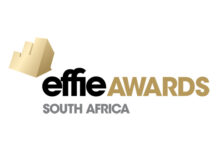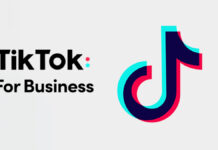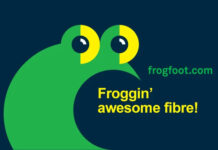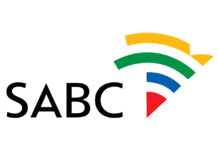[Opinion]
Successful PR people need to be multi-faceted and multi-skilled to juggle the everyday combination of client service, media deadlines, content development, strategic counsel and creativity. Whether you are a PR professional in a consumer agency tasked with building brands, if your focus is on corporate positioning and profiling, managing and mitigating crises or shaping public opinion and knowledge, there are certain skills and attributes that separate good people from truly great ones.
“Being a specialist in PR is a skill that only a few manage to truly master, and having certain key attributes elevates truly excellent people from mediocre ones,” advises Jennifer Stein, MD of GGI Communications.
Good people display a combination of skills and qualities which contribute to making greatness attainable:
A for agility. You’ve got to be able to think on your feet, be flexible and nimble.
B for broad. Have broad knowledge about news, global issues and current events. Have deep knowledge about your client’s business and the sector in which they operate.
C for creativity. Obvious but true. Without it all you have is bland, boring, old-style PR.
D for driven. If you’re not driven, determined, diligent and detail-oriented, then PR isn’t the right profession for you. It’s also for deadlines. They are there for a reason so respect them, adhere to them and make them your friend.
E for expectations. Managing them is key to a successful client/agency partnership.
F for feistiness. This is not the profession for wall flowers or introverts. But be careful that feistiness doesn’t come across as impertinence or insolence.
G is for good people. Good agencies are all about the people who power them and their clients.
H is for honesty. Let it be your north star in everything you do and say.
I is for industry. Whether it’s PR and communications, or your client’s, get in deep. You’ll never know more than the client does but make a real effort to be on top of key issues.
J is for jargon. Don’t use industry-specific terms and don’t talk in acronyms. Be clear and concise. Always.
K is for knowledge. Knowledge is power. Make it your job to build knowledge about this industry, your clients, the media, our country, the world in which we live. Make it your business to know.
L is for listen. We always hear but we don’t always listen and if we want to be effective partners to our clients, we have to truly listen to their needs and wants.
M is for multitasking. It’s a reality of agency life and working across different brands and sectors without dropping balls. It’s also for measurement – identify and analyse salient metrics and provide insight to report in a meaningful, relevant manner. That is what adds value.
N is for No. Learning to say no (to the right things at the right time and in the right way) comes with experience and maturity.
O is for openness and transparency. Don’t hide behind smoke and mirrors. The truth always comes out.
P is for proactivity. Without it, any communications plan will be static and dull.
Q is for questions. Don’t be afraid to ask, even if they’re the difficult ones.
R is for relevance. Interrogate the topic, interrogate the angle, ensure context is strong and make sure it’s 100% relevant to the audience at which it is aimed.
S is for strategic. If your approach isn’t strategic, if it doesn’t align to client business objectives, then why are you doing it?
T is for thinking. While so much about PR is implementing and doing, that’s only one element of delivery. Make time in your day to think about your clients, their industries and how to leverage strategic communications.
U is for understanding. Make it your business to understand your client – their business, their structure and their processes. You need to fit in with them, not them with you.
V is for verify. Facts, statistics and numbers all need to be embedded in a foundation of reality. Don’t make them up to make your story look good. Within this, be hyper-aware of fake news versus news grounded in facts.
W is for worth. When PR and communications is strategically executed, it can add significant value from an awareness and reputation perspective. It’s also for wine. Sometimes you need a glass of sauvignon blanc after a day in the PR trenches.
X is for xenon. Shine a light on the good work being done by corporates and communities around our beautiful country.
Y is for yearly. Plans, that is. A yearly plan is vital to give structure to any PR or communications approach but ensure that any plan is flexible enough to allow for change and modification.
Z is for zeal. If you prefer to call it zest, enthusiasm, eagerness or willingness that’s fine, but it’s one of the elements that separates the chaff from the wheat.
Now that you know the ABC’s of PR, it’s time to adopt these simple, yet essential approaches to real success in this industry. Following A-Z is what enables one to stand out and be a shining star, rather than that dull flicker of light.























































































